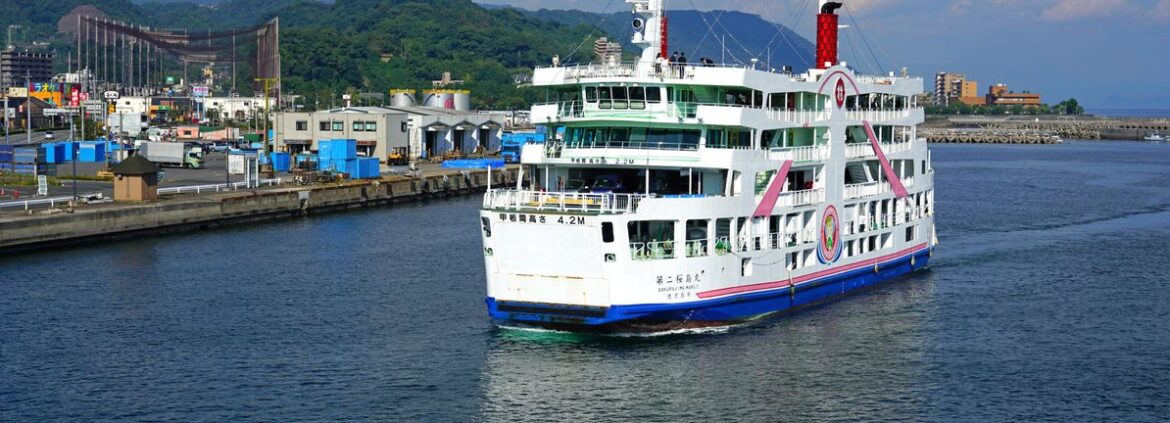Key Insights Japan Transcity’s significant retail investors ownership suggests that the key decisions are influenced by shareholders from the larger public The top 25 shareholders own 48% of the company 38% of Japan Transcity is held by Institutions We check all companies for important risks. See what we found for Japan Transcity in our free report.
A look at the shareholders of Japan Transcity Corporation (TSE:9310) can tell us which group is most powerful. With 52% stake, retail investors possess the maximum shares in the company. That is, the group stands to benefit the most if the stock rises (or lose the most if there is a downturn).
Retail investors gained the most after market cap touched JP¥52b last week, while institutions who own 38% also benefitted.
Let’s take a closer look to see what the different types of shareholders can tell us about Japan Transcity.
Check out our latest analysis for Japan Transcity
 TSE:9310 Ownership Breakdown April 14th 2025 What Does The Institutional Ownership Tell Us About Japan Transcity?
TSE:9310 Ownership Breakdown April 14th 2025 What Does The Institutional Ownership Tell Us About Japan Transcity?
Many institutions measure their performance against an index that approximates the local market. So they usually pay more attention to companies that are included in major indices.
We can see that Japan Transcity does have institutional investors; and they hold a good portion of the company’s stock. This can indicate that the company has a certain degree of credibility in the investment community. However, it is best to be wary of relying on the supposed validation that comes with institutional investors. They too, get it wrong sometimes. It is not uncommon to see a big share price drop if two large institutional investors try to sell out of a stock at the same time. So it is worth checking the past earnings trajectory of Japan Transcity, (below). Of course, keep in mind that there are other factors to consider, too.
 TSE:9310 Earnings and Revenue Growth April 14th 2025
TSE:9310 Earnings and Revenue Growth April 14th 2025
Hedge funds don’t have many shares in Japan Transcity. The company’s largest shareholder is Meiji Yasuda Life Insurance Company, Asset Management Arm, with ownership of 6.4%. With 6.3% and 4.6% of the shares outstanding respectively, Japan Transcity Corp., ESOP and Tokio Marine Asset Management Co., Ltd. are the second and third largest shareholders.
On studying our ownership data, we found that 25 of the top shareholders collectively own less than 50% of the share register, implying that no single individual has a majority interest.
While studying institutional ownership for a company can add value to your research, it is also a good practice to research analyst recommendations to get a deeper understand of a stock’s expected performance. As far as we can tell there isn’t analyst coverage of the company, so it is probably flying under the radar.
Insider Ownership Of Japan Transcity
While the precise definition of an insider can be subjective, almost everyone considers board members to be insiders. Management ultimately answers to the board. However, it is not uncommon for managers to be executive board members, especially if they are a founder or the CEO.
Insider ownership is positive when it signals leadership are thinking like the true owners of the company. However, high insider ownership can also give immense power to a small group within the company. This can be negative in some circumstances.
We can see that insiders own shares in Japan Transcity Corporation. As individuals, the insiders collectively own JP¥880m worth of the JP¥52b company. It is good to see some investment by insiders, but it might be worth checking if those insiders have been buying.
General Public Ownership
The general public — including retail investors — own 52% of Japan Transcity. This size of ownership gives investors from the general public some collective power. They can and probably do influence decisions on executive compensation, dividend policies and proposed business acquisitions.
Next Steps:
While it is well worth considering the different groups that own a company, there are other factors that are even more important.
I like to dive deeper into how a company has performed in the past. You can find historic revenue and earnings in this detailed graph.
If you would prefer check out another company — one with potentially superior financials — then do not miss this free list of interesting companies, backed by strong financial data.
NB: Figures in this article are calculated using data from the last twelve months, which refer to the 12-month period ending on the last date of the month the financial statement is dated. This may not be consistent with full year annual report figures.
New: Manage All Your Stock Portfolios in One Place
We’ve created the ultimate portfolio companion for stock investors, and it’s free.
• Connect an unlimited number of Portfolios and see your total in one currency
• Be alerted to new Warning Signs or Risks via email or mobile
• Track the Fair Value of your stocks
Try a Demo Portfolio for Free
Have feedback on this article? Concerned about the content? Get in touch with us directly. Alternatively, email editorial-team (at) simplywallst.com.
This article by Simply Wall St is general in nature. We provide commentary based on historical data and analyst forecasts only using an unbiased methodology and our articles are not intended to be financial advice. It does not constitute a recommendation to buy or sell any stock, and does not take account of your objectives, or your financial situation. We aim to bring you long-term focused analysis driven by fundamental data. Note that our analysis may not factor in the latest price-sensitive company announcements or qualitative material. Simply Wall St has no position in any stocks mentioned.


AloJapan.com